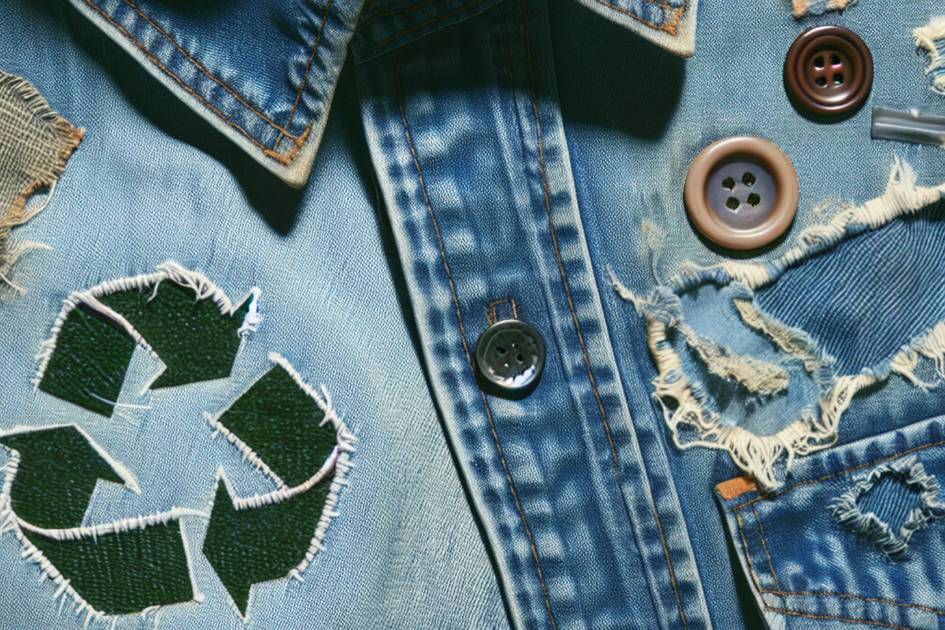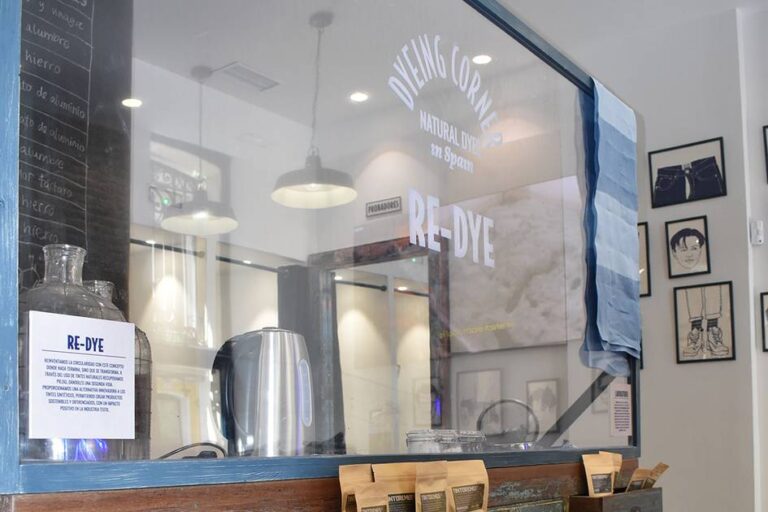Textile Recycling Market Set to Reach $11.88 Billion by 2030

The recycled textile market is on the brink of significant growth, driven by the increasing demand for sustainable materials and evolving government regulations. A recent report suggests that this global market could potentially reach a valuation of 11.88 billion USD by 2025, up from 8.41 billion USD in 2020. This surge represents a strong compound annual growth rate (CAGR) of 7.2% from 2026 to 2030.
Several factors contribute to this rapid shift. As the demand for fast fashion rises, concerns about textile waste and sustainability have also intensified. The report “Textile Recycling Market by Material” from MarketsandMarkets highlights the correlation between increased textile consumption and environmental impact.
Textile Waste: A Key Driver of Recycling Growth
Annually, approximately 94 million tonnes of textile waste are generated worldwide, with a large portion ending up in landfills or being incinerated, according to the UN Environment Programme. Growing consumer awareness is prompting brands and retailers to adopt circular business models focused on recycled materials. Governments are also tightening regulations, such as implementing Extended Producer Responsibility and landfill bans.
Textile recycling now primarily focuses on various end-use industries, including apparel, home furnishings, and institutional uses. The report predicts that polyester will see the most significant demand due to its compatibility with chemical recycling processes. As the most produced fiber globally, primarily in the fast fashion and activewear sectors, polyester generates vast amounts of recyclable waste.
Additionally, pre-consumer textile waste is expected to grow the fastest, owing to enhanced production efficiencies and regulatory mandates. This type of waste is easier to recycle due to its consistency in fiber type and reduced contamination, making it ideal for innovative recycling techniques. Many brands are developing internal systems for closed-loop recycling, aligning with the goal of zero-waste manufacturing.
Asia Pacific Leads the Way in Textile Recycling Growth
Digital channels are experiencing remarkable growth in textile recycling, offering consumer-friendly options for textile pickup, donations, and resale. Brands like Coach and Patagonia are capitalizing on online platforms to promote transparency and traceability in their recycled products. The surge in internet usage, particularly in developing regions, is transforming how recycled textiles are collected and marketed.
The Asia Pacific region is projected to dominate the textile recycling market, driven by its strong textile manufacturing infrastructure and increasing focus on sustainable waste management. Countries like China, India, Bangladesh, and Vietnam face significant textile waste challenges but are gradually implementing policies aimed at promoting circular economies. Global brands are also investing in local recycling facilities to enhance recycling efforts.
As sustainability regulations tighten and demand for responsibly made products rises, textile recycling emerges as a crucial element in building a greener business model for brands and retailers.
- The global textile recycling market is expected to reach 11.88 billion USD by 2025 due to rising interest in sustainable materials and stricter regulations.
- Polyester is projected for significant growth owing to its extensive use and advancements in recycling technology, particularly regarding pre-consumer waste.
- The Asia Pacific region is set to lead in textile recycling growth, supported by its large manufacturing sector and progressive waste management policies.
What do you think about the evolving textile recycling market and its potential impact on sustainability?





